More info: https://analoginside.com/becquerel-daguerreotype-workshop-may-18th-19th-2024/
alxwrk@yahoo.com / ilgranaio8@gmail.com / jparepir@gmail.com
600,00€
More info: https://analoginside.com/becquerel-daguerreotype-workshop-may-18th-19th-2024/
alxwrk@yahoo.com / ilgranaio8@gmail.com / jparepir@gmail.com
6 available
More info: https://analoginside.com/becquerel-daguerreotype-workshop-may-18th-19th-2024/
alxwrk@yahoo.com / ilgranaio8@gmail.com / jparepir@gmail.com
Only registered users who have purchased this product can make a rating.
Joaquín Paredes will give a workshop on wet collodion from Analog Inside's studio in Cáceres. All the necessary knowledge will be given to start in wet collodion with enough security and ability for the student to be able to develop autonomously after the course.
To attend the workshop no previous knowledge of laboratory or large format cameras is required.
To read the full description of the workshop you can go to: http://analoginside.com/taller-de-introduccion-al-colodion-humedo-on-line
- The schedule is:
- If you need more information you can write to info@analoginside.com or call us at 678409142
We have prepared a daguerreotype workshop taught by Joaquín Paredes from our studio in Cáceres.
During this workshop, we will learn all the necessary skills for making Becquerel daguerreotype plates (without mercury).
We will start from scratch: We will leark how to polish and prepare the copper and brass plates. How to silver-plate our own plates. We will sensitize, develop, fix and guild the daguerrotypes. And we will finally learn howo to case and preserve the plates.
You have all the information on the workshop at: Becquerel daguerreotypes workshop on-line
- The schedule is from 10:00 - 14:00 h and from 16:00 - 20:00 h.
- If you need more information you can write to info@analoginside.com or call us at 678409142
We have prepared a daguerreotype workshop given by Joaquín Paredes in our studio in Cáceres.
During this workshop, we will learn all the necessary skills for making Becquerel daguerreotype plates (without mercury).
We will start from scratch: We will leark how to polish and prepare the copper and brass plates. How to silver-plate our own plates. We will sensitize, develop, fix and guild the daguerrotypes. And we will finally learn howo to case and preserve the plates.
You have all the information on the workshop at: Daguerreotype workshop
- The schedule is Saturday and Sunday from 10:00 - 14:00 h and 16:00 - 20:00 h.
- If you need more information you can write to info@analoginside.com or call us at 678409142
- The schedule is Saturday and Sunday from 10:00 - 14:00 h and 16:00 - 20:00 h.
- If you need more information you can write to info@analoginside.com or call us at 678409142
Joaquín Paredes will give a cyanotype workshop in the studio. No previous knowledge of laboratory or photography is required. Cyanotype is a 19th century photographic process based on ferric salts that produces permanent images of intense blue. It was discovered by Sir John Herschel. Although there are many variables of this process, it basically consists of two chemicals: potassium ferricyanide and ferric ammonium citrate.
Accommodation will be in the apartments "Torre de la Yerba", 300m from the Plaza Mayor of Cáceres.
It is a 12h workshop and the schedule is Saturday from 10:00 - 14:00 h and from 16:00 - 20:00 h and Sunday from 10:00 - 14:00 h.
- Safety, chemicals and preparation of mixtures - Calibration of negatives - Cyanotype on paper - Cyanotype on glass - Cyanotype on photographic paper - Turning - If you need more information
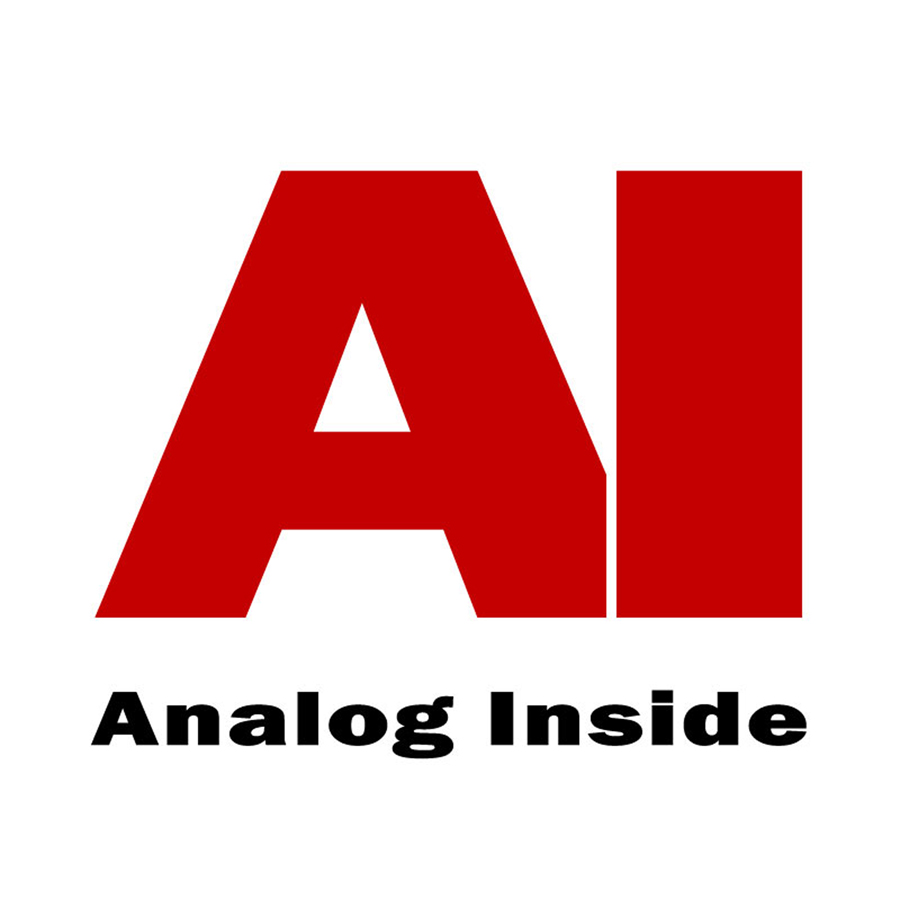
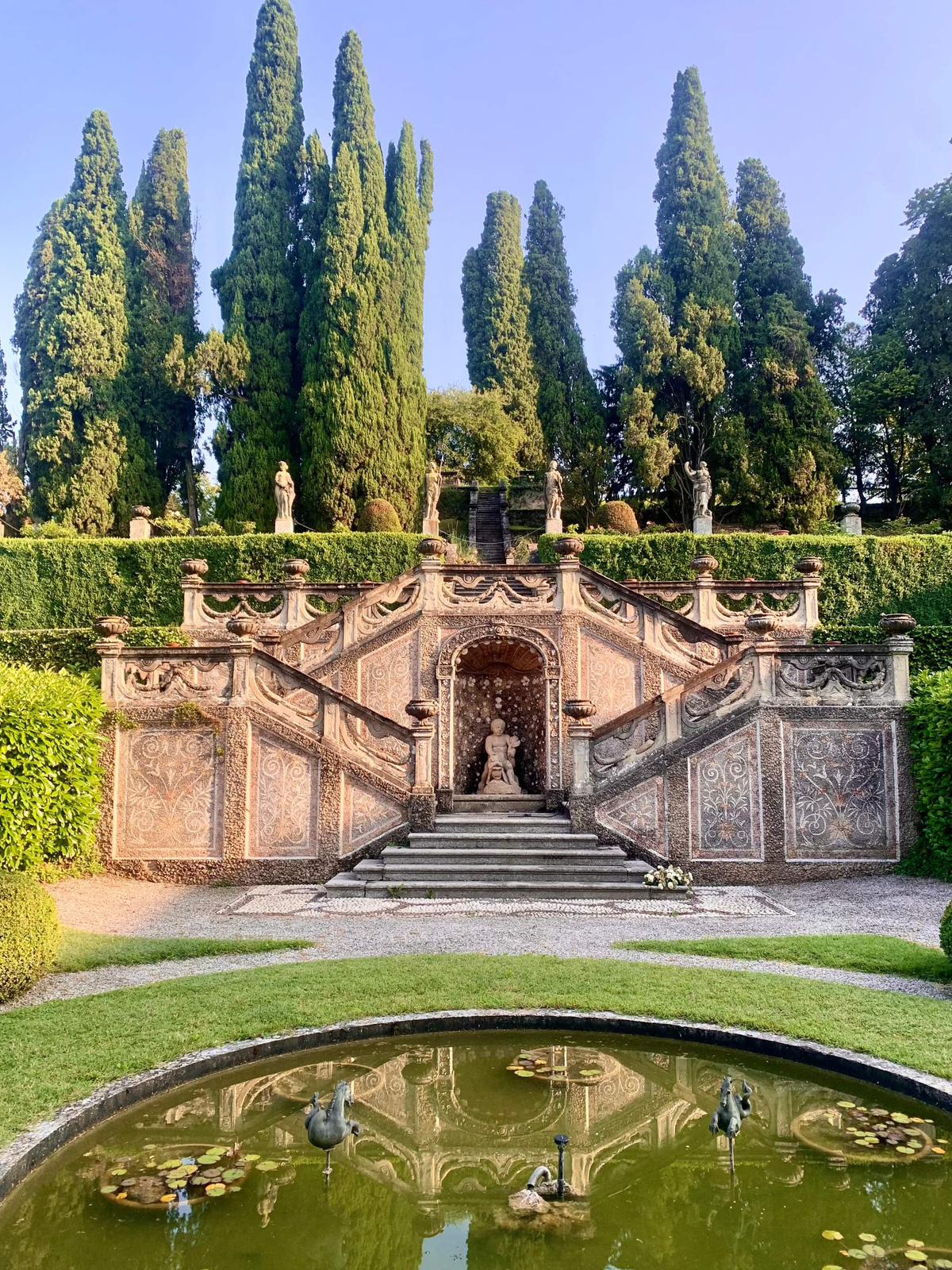
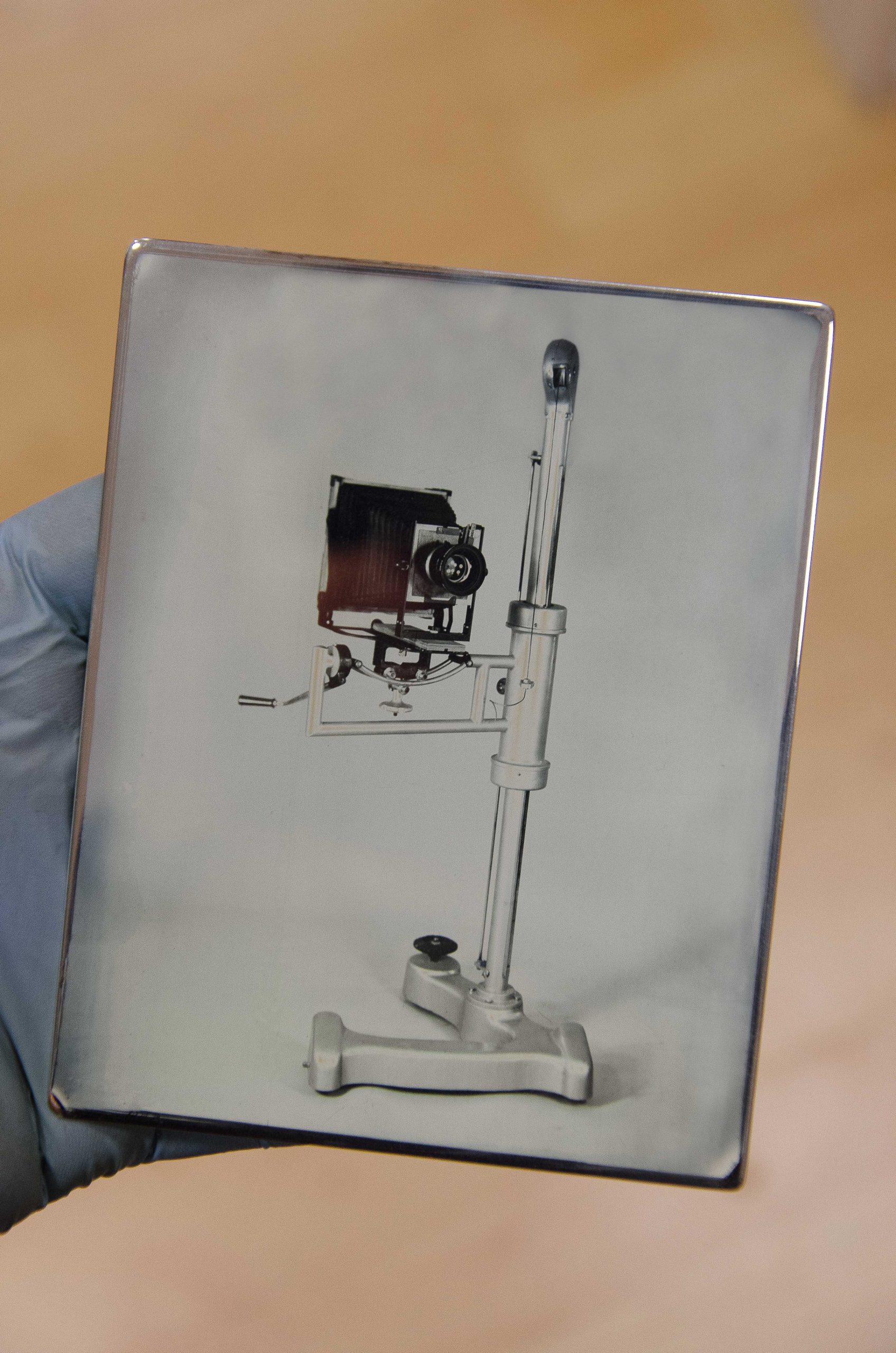
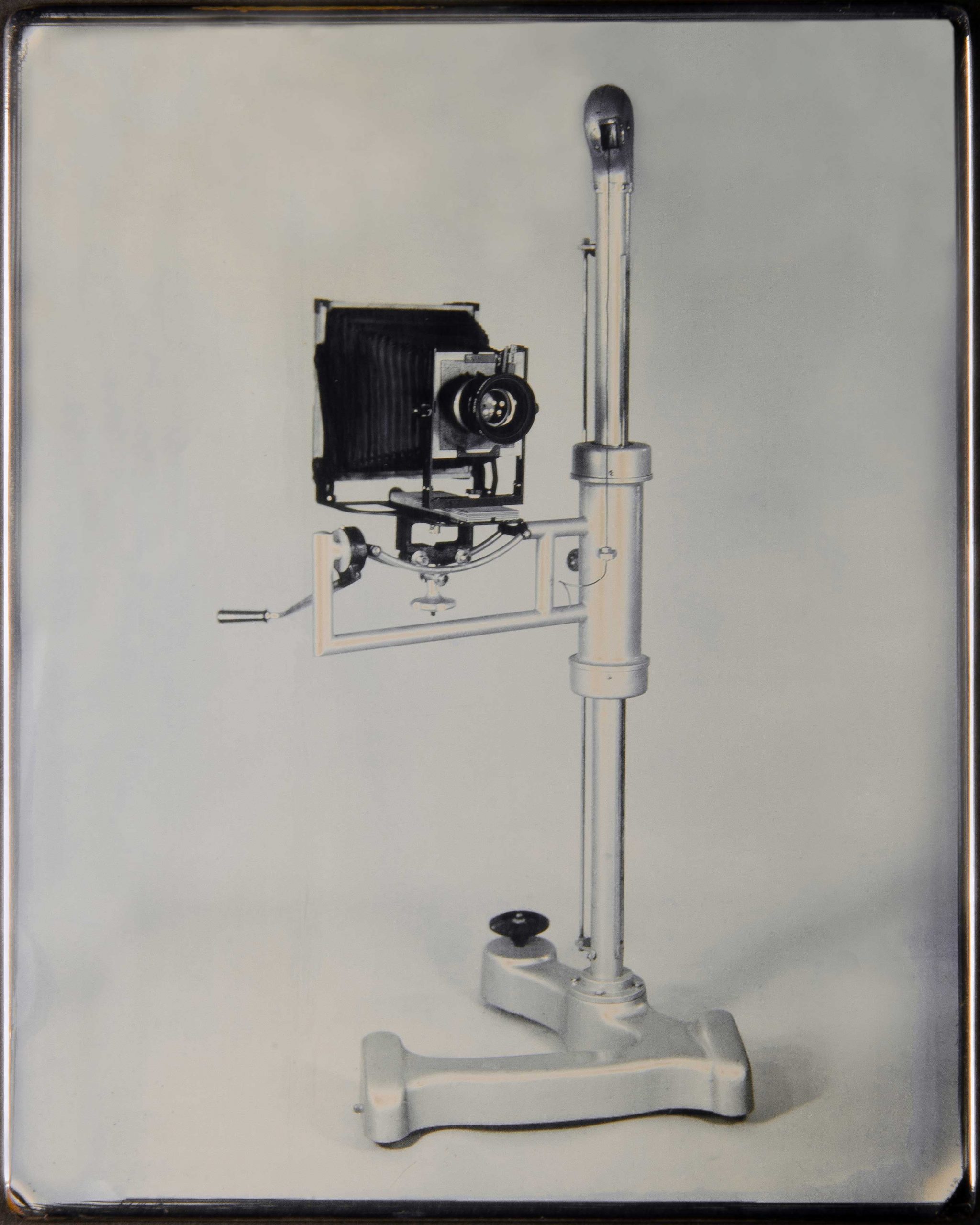
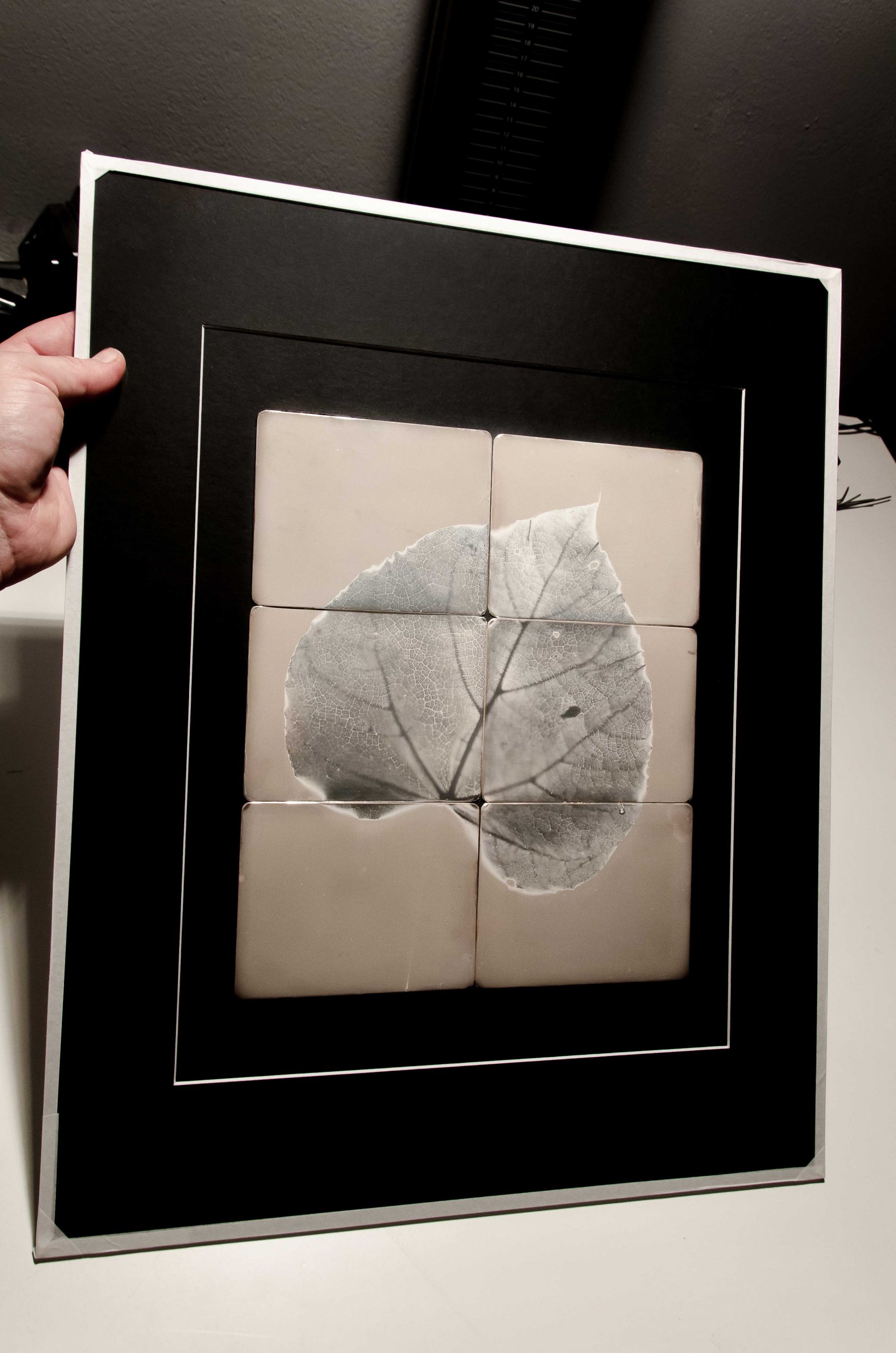
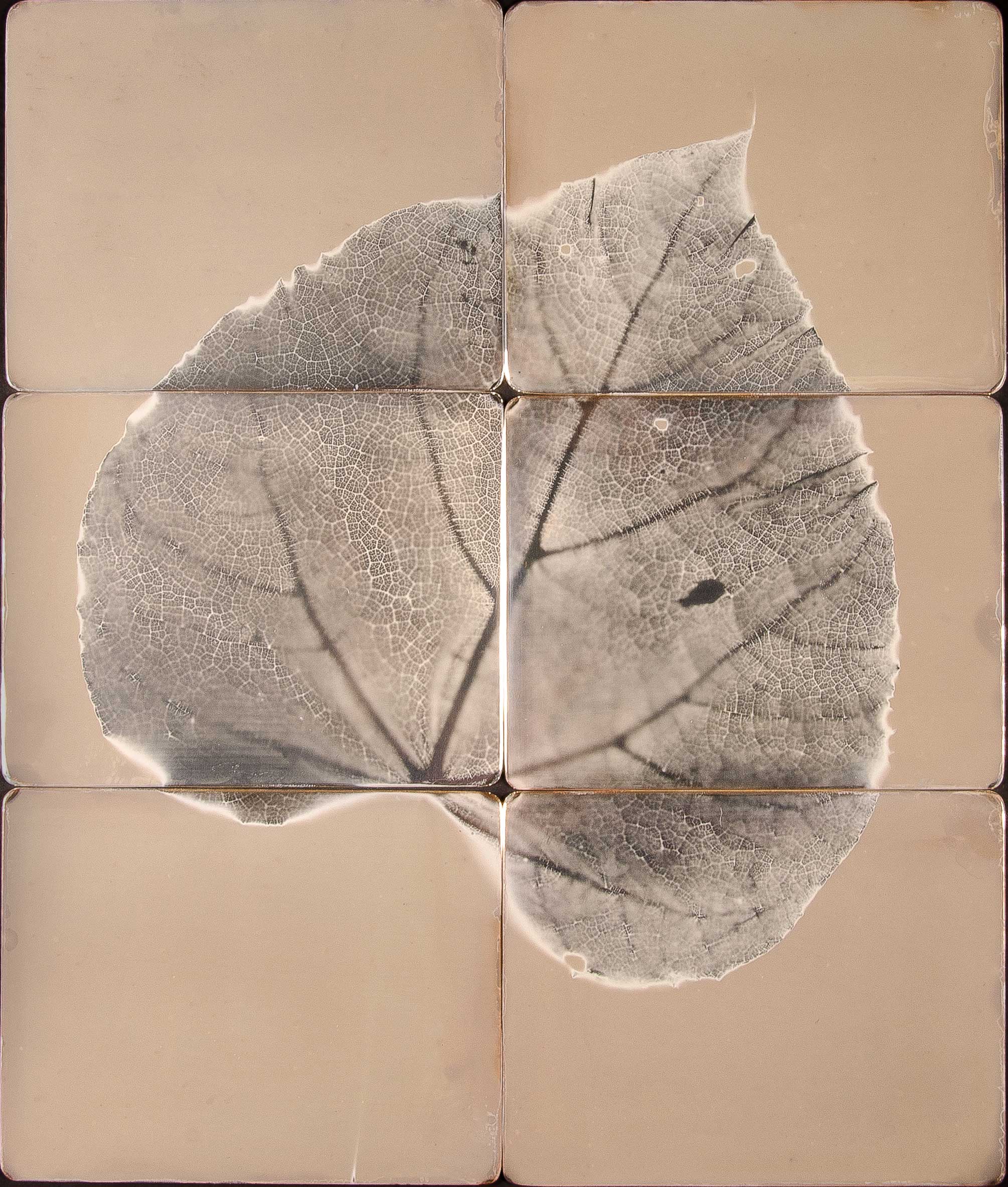
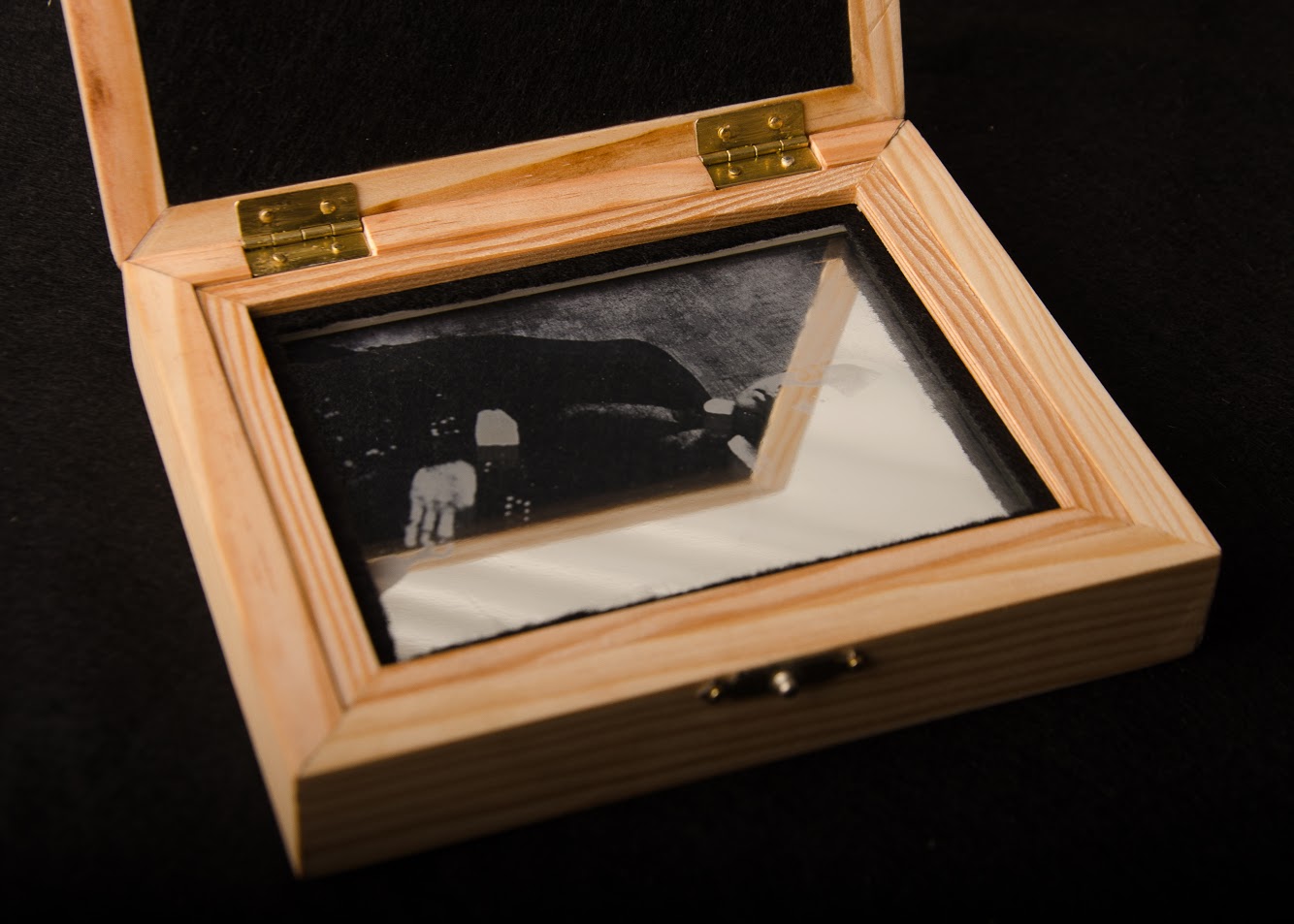
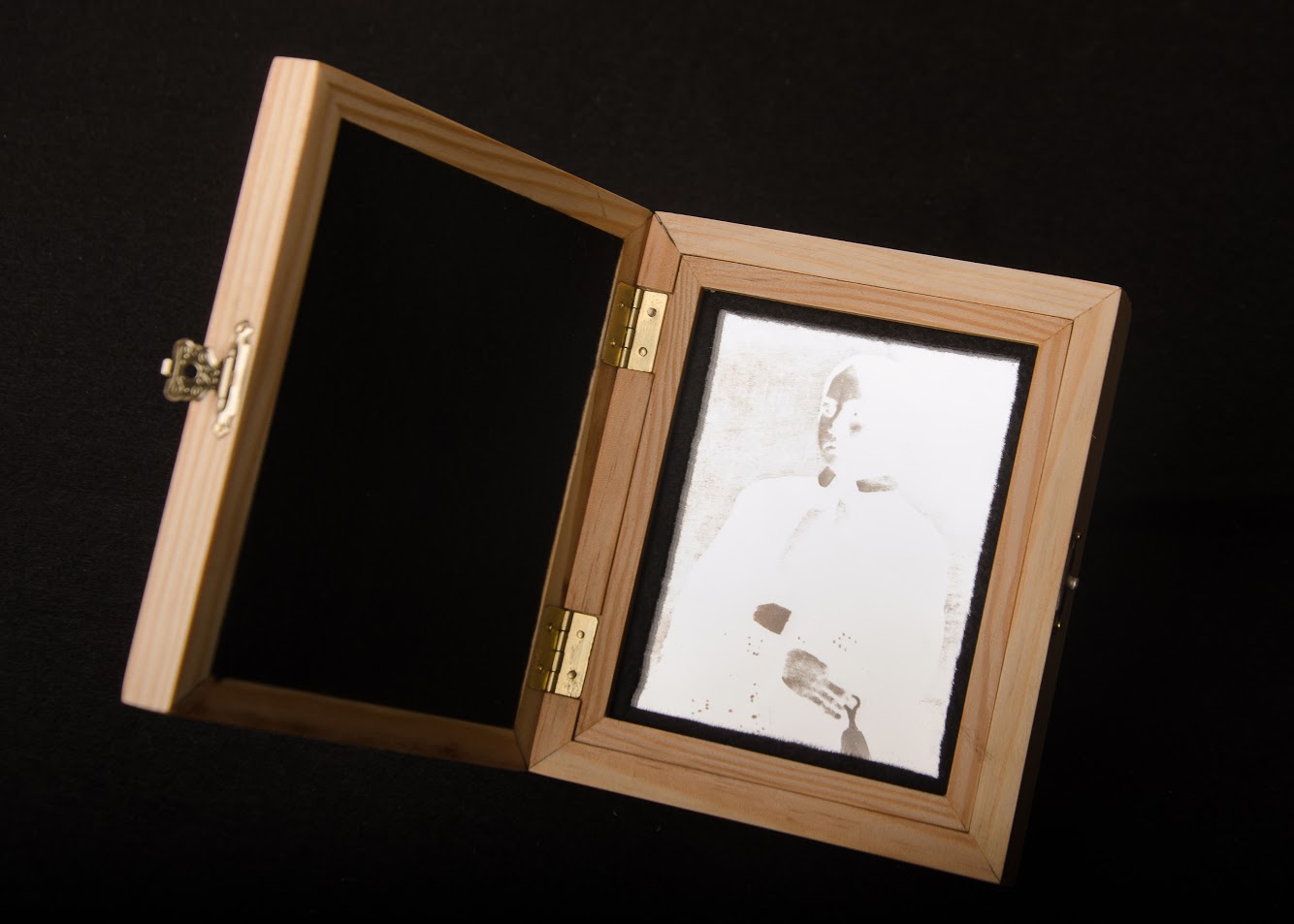
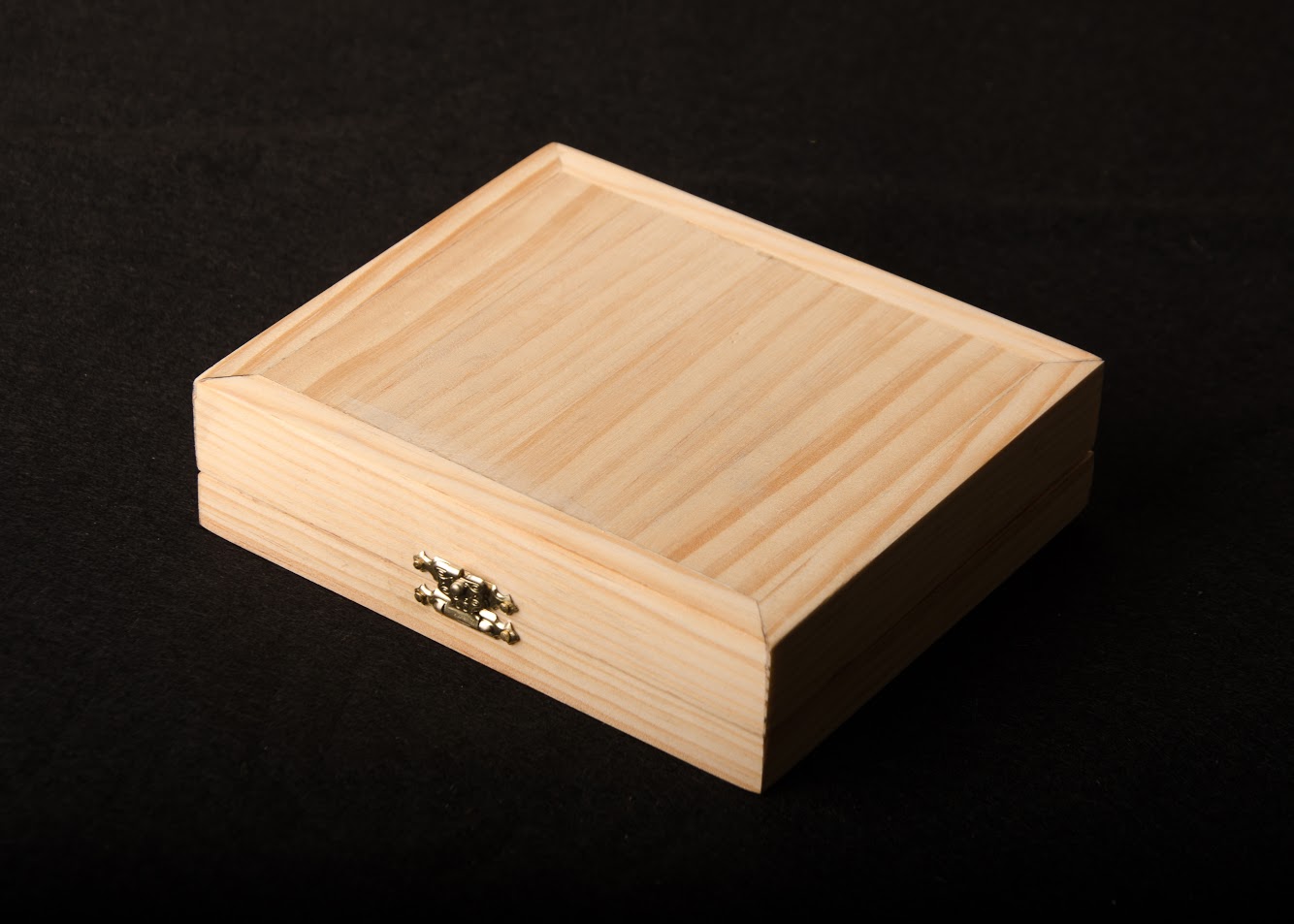
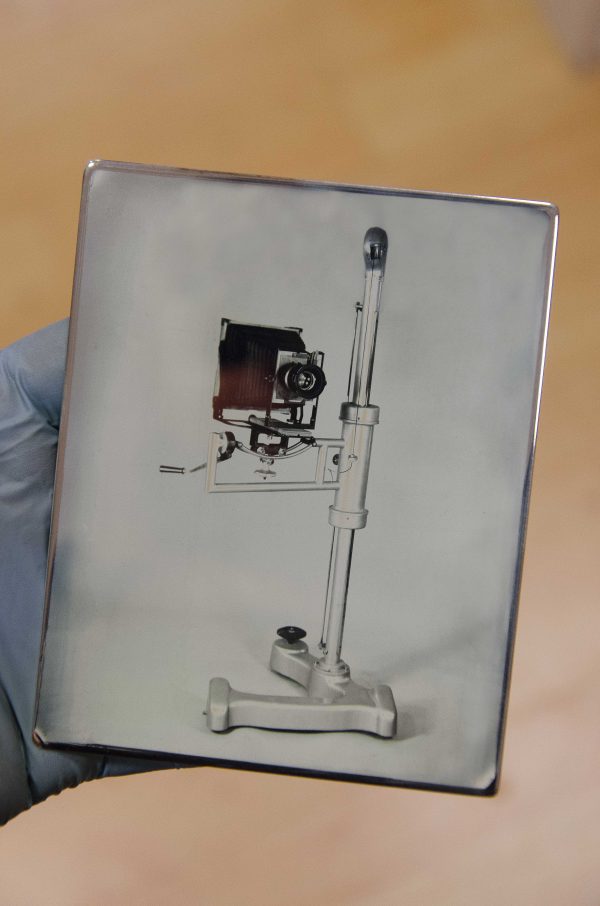
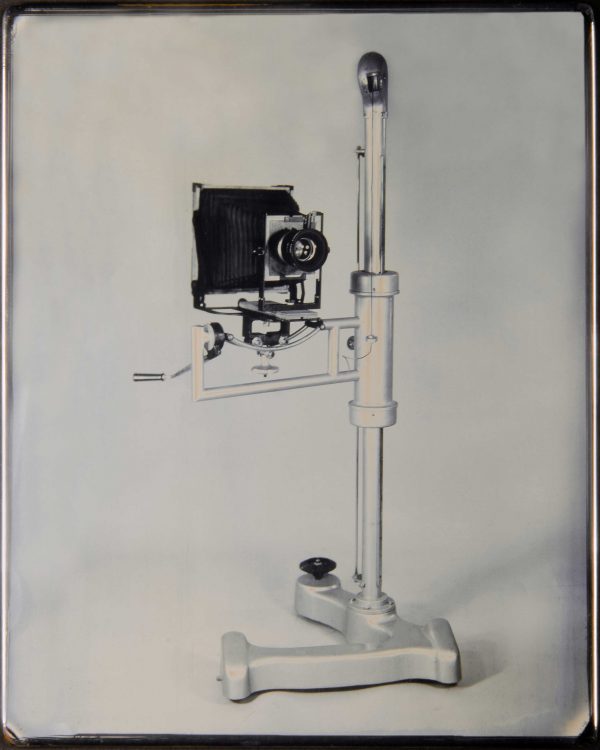
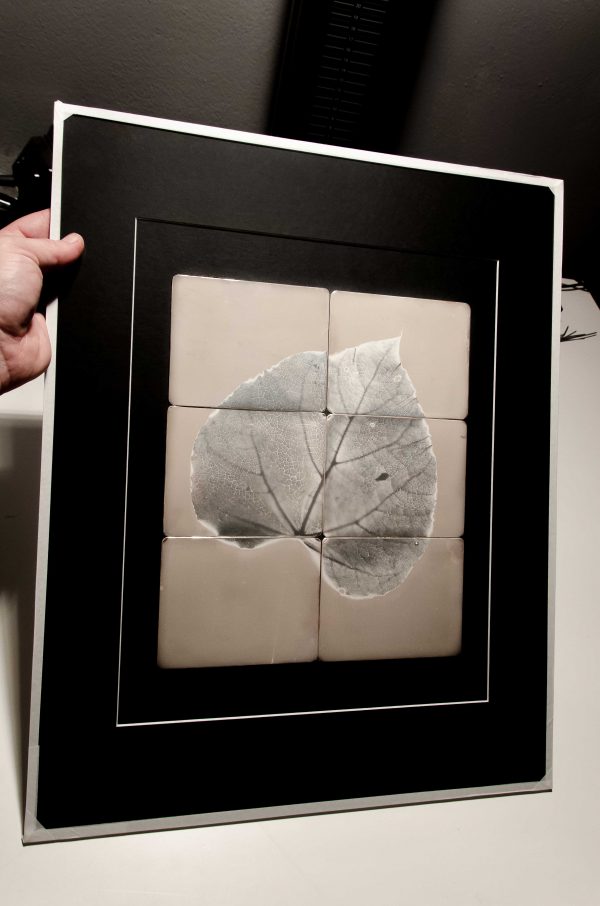
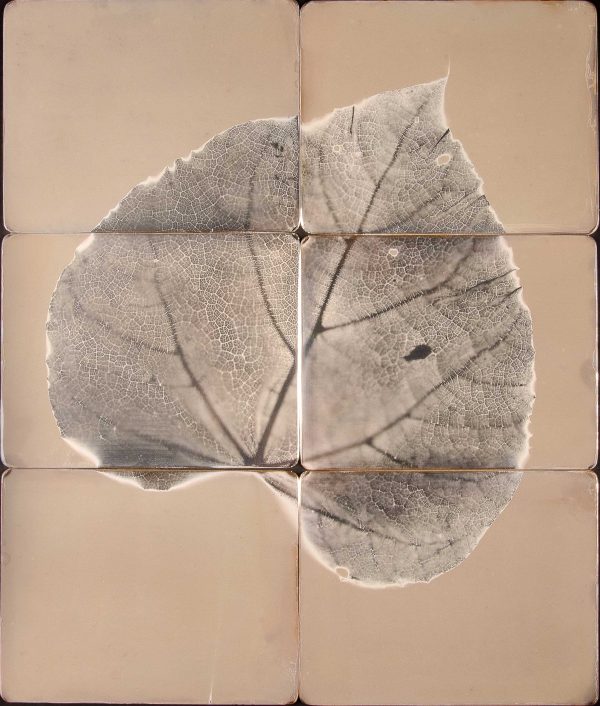
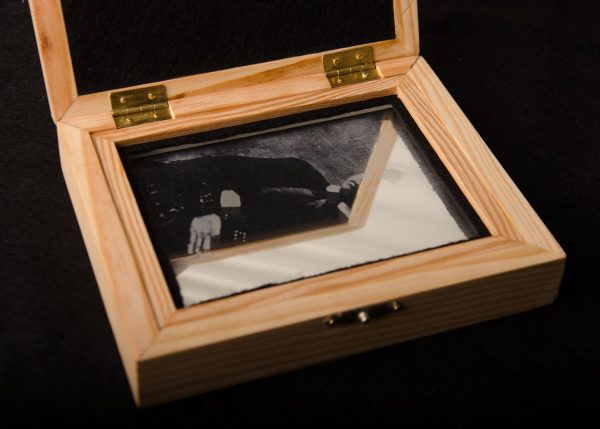
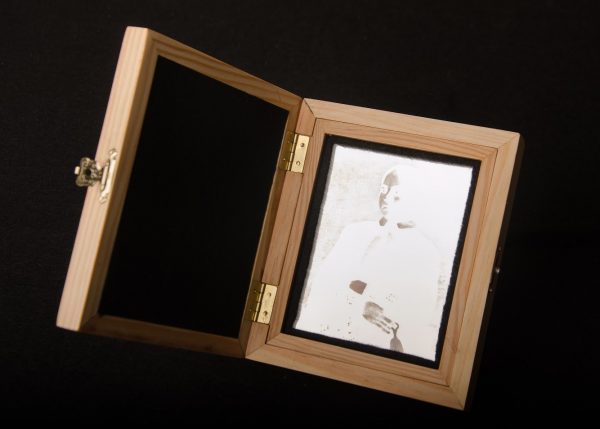
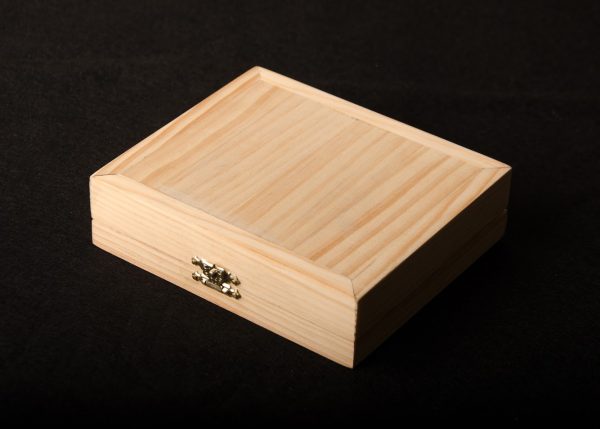
Ratings
No ratings yet.